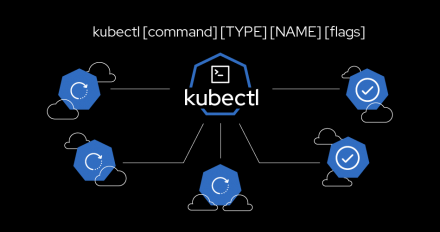
Kubectl: Developer tips for the Kubernetes command line
Get started with in-cluster configuration, sudo-like user impersonation, and the new kubectl debug command in the kubectl Kubernetes CLI.

Get started with in-cluster configuration, sudo-like user impersonation, and the new kubectl debug command in the kubectl Kubernetes CLI.
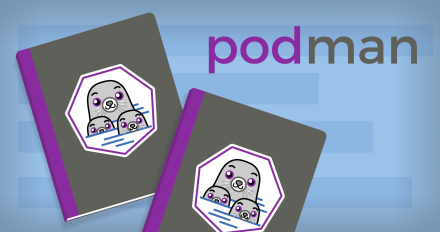
Learn how to install Podman, practice its basic commands, transition away from Docker, and set up Apache HTTP Server 2.4 in a CentOS container with Podman.
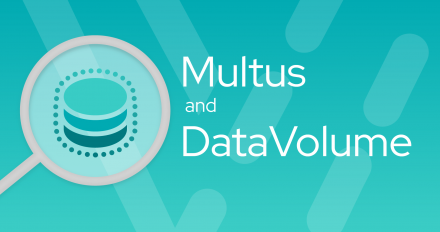
Set up Multus-CNI and CDI DataVolumes in KubeVirt to configure your network and storage requirements for high performance, security, and scalability.
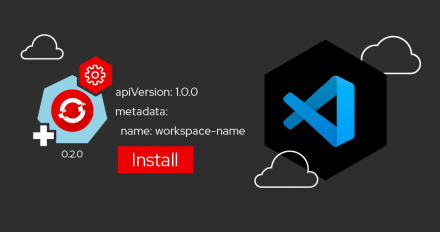
Learn how Red Hat's OpenShift Connector 0.2.0 extension supports using devfiles for deployment and running Kubernetes clusters in VS Code.

Java and Containers: What's there to think about? | DevNation Tech Talk
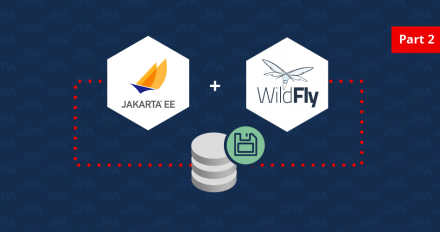
You've implemented multitenancy using a database with JPA and WildFly. Now, set up multitenancy using a schema and EJB for container-managed transactions.

Learn how to correctly use and configure liveness and readiness probes to monitor and adjust application performance on Red Hat OpenShift.
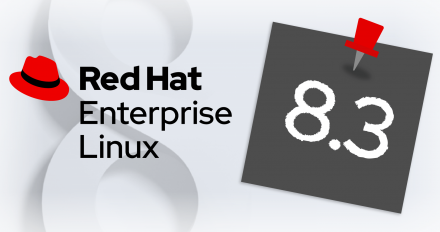
Discover the new features and tools that help developers deliver services and workloads faster in Red Hat Enterprise Linux 8.3.

The only requirements to follow and understand this fascicle are having a knowledge of Java and having some knowledge of relational databases and Docker. This fascicle concentrates on Quarkus 1.8.2.Final. Its structure will help you to discover this technology as well as helping you to further dive into it if you already have some experience of it.

Discover Open Liberty 20.0.0.11's new Kerberos authentication support, plus collecting and visualizing data from Thanos data sources in Grafana dashboards.
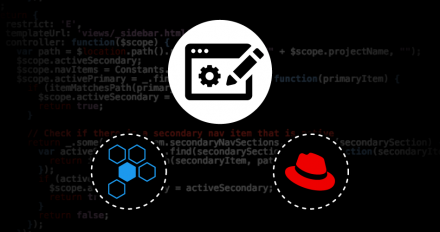
Adapt existing Docker and Kubernetes containers to run on Red Hat OpenShift, and create new Kubernetes containers that can also run on OpenShift.

Get started with Red Hat OpenShift's persistent volume framework and deploy a MySQL database on OpenShift, with and without persistent storage.
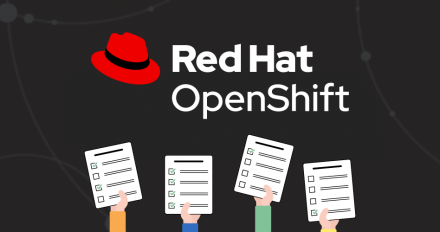
The 2020 OpenShift Developer Survey is open now and continues through November 22, 2020, so tell us about your OpenShift developer experience!
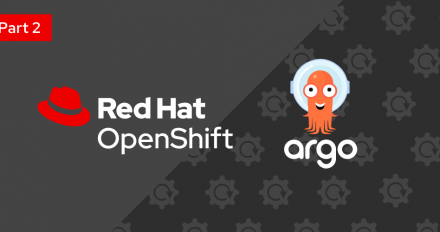
Learn how to build a CI/CD workflow that combines Tekton, Argo CD, and GitOps alongside Red Hat OpenShift Serverless and Knative service resources, part 2.
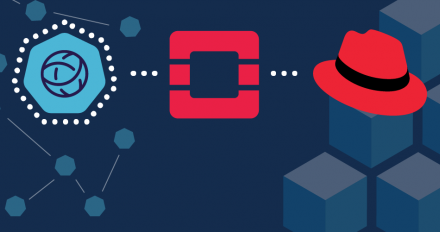
Learn how to customize Red Hat OpenShift SDN for your requirements and restrictions using Kuryr SDN, OpenShift 3.11, and Red Hat OpenStack 13.
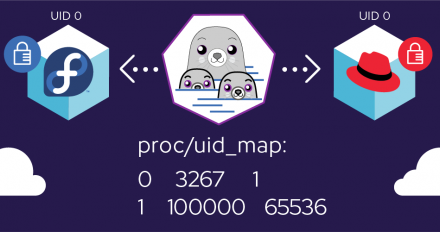
Explore the basics and benefits of using Podman for your Linux containers and going rootless, and then walk through an example.
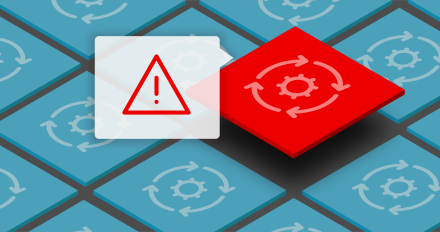
Learn how to debug, troubleshoot, and configure everything you need regarding Red Hat jBoss BPM and Red Hat Process Automation Manager user tasks.
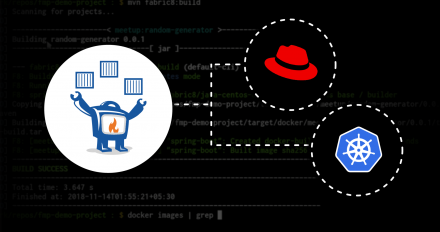
Explore Eclipse JKube 1.0.0 and learn how to migrate from your no-longer-supported Fabric8 Maven Plugin to JKube's Kubernetes or OpenShift Plugin.

Learn how to switch OpenShift Virtualization from its default of hardware virtualization to QEMU-based software emulation.
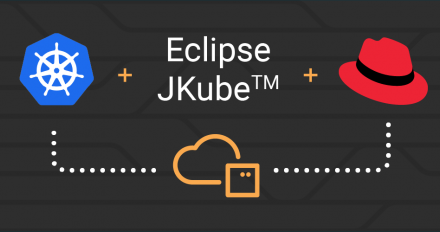
The Fabric8 Maven plugin is now Eclipse JKube 1.0.0. Explore what's new for building Java Maven containers, such as support for S2I build strategies.
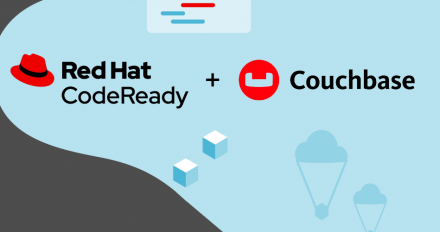
Learn how to install Couchbase Server Enterprise Edition on a Red Hat OpenShift cluster using Red Hat Marketplace and the CouchbaseDB Operator.
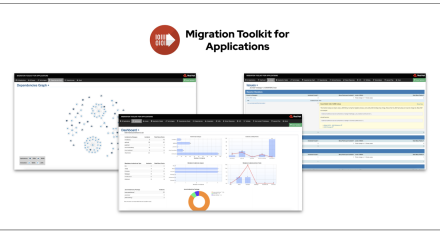
Learn how Migration Toolkit for Applications 5.0 analyzes your VM-based Java applications and helps you migrate them to containers.
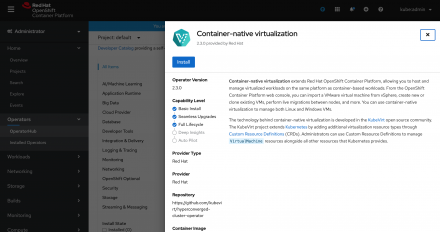
Explore container-native virtualization, a Red Hat OpenShift Container Platform feature for running and managing VM workloads alongside container workloads.
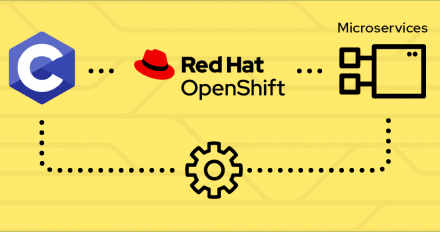
Explore the implications of implementing a REST-based web service in C by determining sun/moonrise and set for a specific location and day.

Learn how to troubleshoot, monitor, and profile your container-based Java applications with JDK Flight Recorder, courtesy of OpenJDK 8u 262.